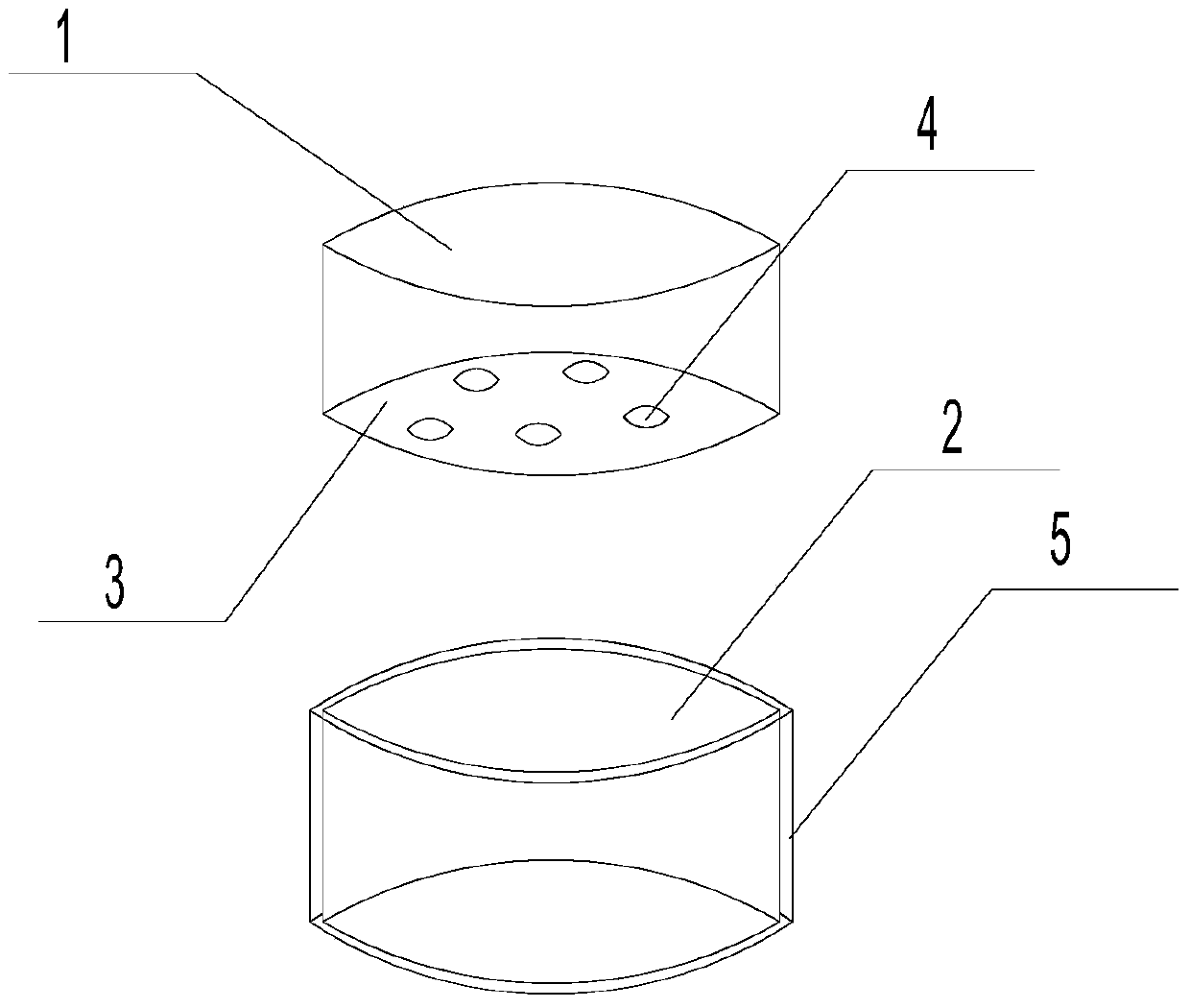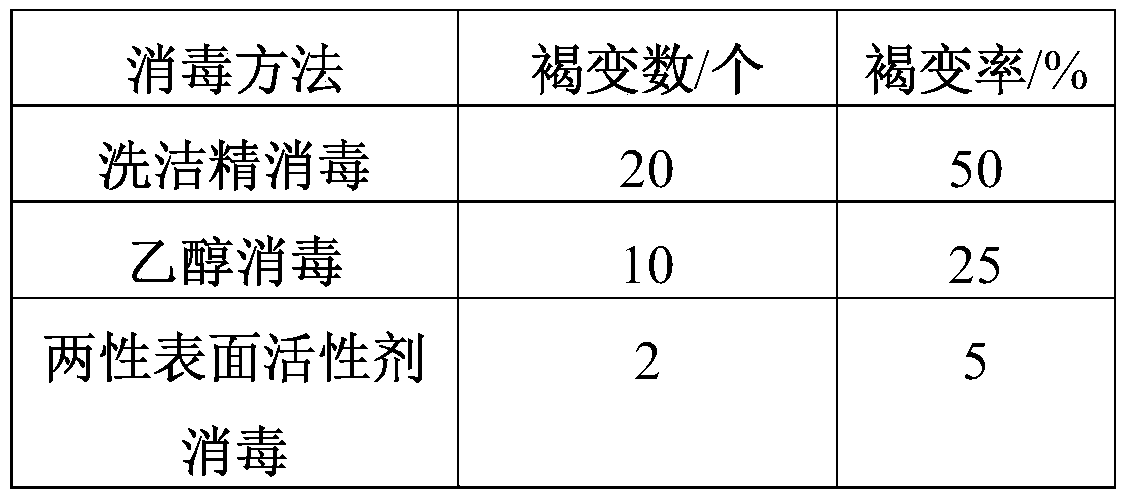The rapid propagation method of star anise lotus
A technology of star anise and star anise, which is applied in the field of rapid propagation of star anise, can solve the problems that there are no reports of somatic embryos of star anise plants, and achieve the effects of improving disease resistance, high plant regeneration frequency, and fast growth
- Summary
- Abstract
- Description
- Claims
- Application Information
AI Technical Summary
Problems solved by technology
Method used
Image
Examples
Embodiment 1
[0039] A kind of rapid propagation method of star anise lotus, comprises the following steps:
[0040] Step 1: making sterile explants of star anise lotus, selecting leaves, roots or stems of star anise lotus as explants, placing the explants in a beaker, soaking them with amphoteric surfactants, and placing them in ultrasonic waves Vibrate for 10min, rinse with deionized water for 40min, gently scrub the dirt on the surface of the explant with a soft brush in the rinse process, then blot the moisture outside the explant with sterile filter paper and cut into 5mm 2 To obtain the aseptic explants, the explants of Star Anise are first soaked in an amphoteric surfactant for disinfection. The alkaline amphoteric surfactant of beetroot has good antibacterial properties and can inhibit the growth of some bacteria and fungi. Growth and reproduction, at the same time, the alkyl dimethyl betaine in the amphoteric surfactant has a good chelating ability for divalent copper, and the diva...
Embodiment 2
[0057] A kind of rapid propagation method of star anise lotus, comprises the following steps:
[0058] Step 1: making sterile explants of star anise lotus, selecting leaves, roots or stems of star anise lotus as explants, placing the explants in a beaker, soaking them with amphoteric surfactants, and placing them in ultrasonic waves Vibrate for 20min, rinse with deionized water for 50min, gently scrub the dirt on the surface of the explant with a soft brush during the rinse, then blot the moisture outside the explant with sterile filter paper and cut into 5mm 2 To obtain the aseptic explants, the explants of Star Anise are first soaked in an amphoteric surfactant for disinfection. The alkaline amphoteric surfactant of beetroot has good antibacterial properties and can inhibit the growth of some bacteria and fungi. Growth and reproduction, at the same time, the alkyl dimethyl betaine in the amphoteric surfactant has a good chelating ability for divalent copper, and the divalent...
Embodiment 3
[0075] A kind of rapid propagation method of star anise lotus, comprises the following steps:
[0076] Step 1: making sterile explants of star anise lotus, selecting leaves, roots or stems of star anise lotus as explants, placing the explants in a beaker, soaking them with amphoteric surfactants, and placing them in ultrasonic waves Vibrate for 15min, rinse with deionized water for 45min, gently scrub the dirt on the surface of the explant with a soft brush during the rinse, then blot the moisture outside the explant with sterile filter paper and cut into 5mm 2 To obtain the aseptic explants, the explants of Star Anise are first soaked in an amphoteric surfactant for disinfection. The alkaline amphoteric surfactant of beetroot has good antibacterial properties and can inhibit the growth of some bacteria and fungi. Growth and reproduction, at the same time, the alkyl dimethyl betaine in the amphoteric surfactant has a good chelating ability for divalent copper, and the divalent...
PUM
 Login to View More
Login to View More Abstract
Description
Claims
Application Information
 Login to View More
Login to View More - R&D
- Intellectual Property
- Life Sciences
- Materials
- Tech Scout
- Unparalleled Data Quality
- Higher Quality Content
- 60% Fewer Hallucinations
Browse by: Latest US Patents, China's latest patents, Technical Efficacy Thesaurus, Application Domain, Technology Topic, Popular Technical Reports.
© 2025 PatSnap. All rights reserved.Legal|Privacy policy|Modern Slavery Act Transparency Statement|Sitemap|About US| Contact US: help@patsnap.com


